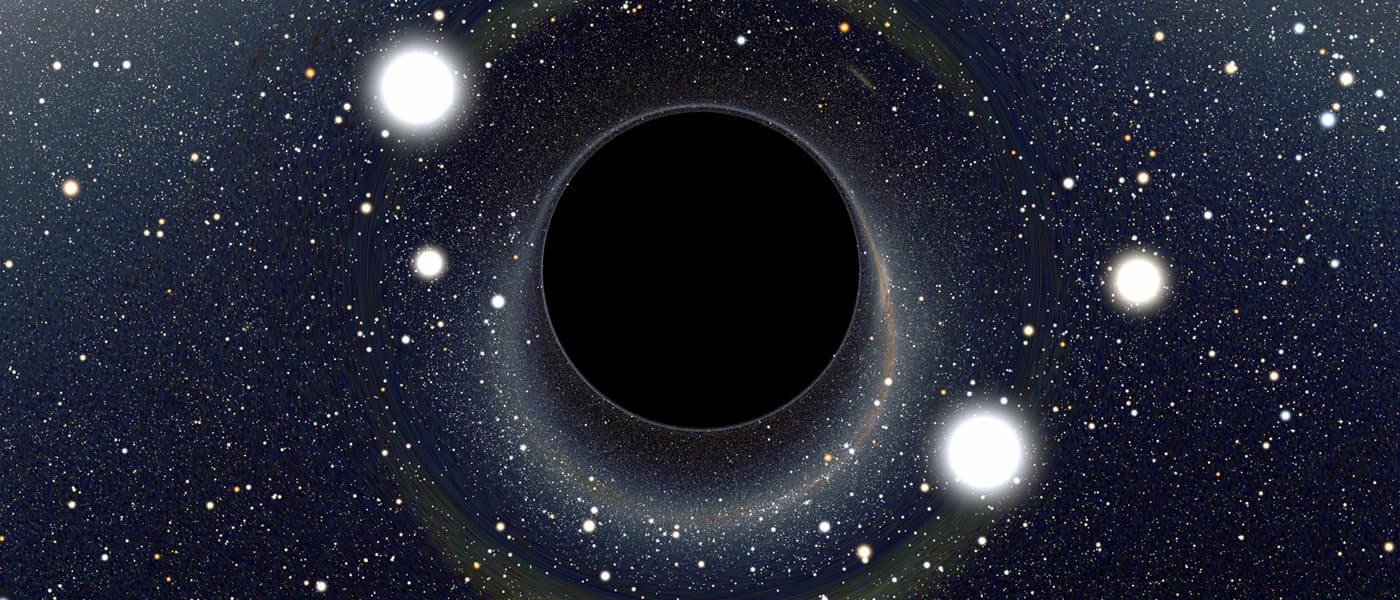Here's How Big Our Cities Really Are.
Los Angeles seems like a relatively big town. In fact, it is the second largest city in the United States. The area spans 502 square miles (1,300 sq km), and some 4 million people calling this place "home." However, L.A. is dwarfed by even the smallest objects in our solar system. Recently, for the first time ever, humanity landed a probe on a comet. The comet is known as 67P/Churyumov-Gerasimenko (or 67P, for short). The journey to this icy body took nearly a decade. Here, Matt Wang compares the size of the comet to downtown Los Angeles. As you can see L.A. is rather smallish by comparison.
This is home.
To the everyday individual, our planet probably seems like a rather large place. At the equator, the circumference of Earth is 24,902 miles (40,075 km). And ultimately, this Pale Blue Dot houses all the known life in the universe. That's 8.7 million species (give or take a few million) and some 7 billion people.
This is How Big Our Planet Really is.
This is Jupiter's Great Red Spot. It is a massive storm system that has existed for hundreds of years. Ultimately, it is 12,400 miles long and 7,500 miles wide (20,000 km by 12,000 km). So saying that you’ll be blown away by this storm is an understatement of epic proportions. Our entire planet would be blown away. Even at its smallest, this storm could easily swallow two to three Earths. 1,300 Earths could fit inside the planet itself.
Here's Our Planet Compared to Our Star.
Solar Flares are marvelous (and utterly terrifying) solar events. Generally referred to as “solar storms,” these phenomena can release energy that is equivalent to over a million 100-megaton hydrogen bombs. If you look at the image above, you’ll get a pretty good idea of what this means. Here, we see a NASA rendition of Earth compared to a solar flare. Fortunately, as the material is ejected from the Sun, it is dispersed across the solar system by stellar winds (so we don't get anywhere near a direct blast).
This is our Sun's Sphere of Influence.
Our Sun is amazingly powerful. In fact, it is so powerful, it is able to influence objects that are literally light-years away. To break this down a bit, the Earth is just about 152 million km from the Sun (about 96 million mi). The Oort cloud is one of the most distant structures that our star dominates, and it is a staggering 4.6 trillion miles (7.4 trillion km) from the Sun. If that's not enough, it is believed to extend much, much farther than this into space, ultimately make it light-years from the Sun. This portion of our neighborhood is nearly a quarter of the distance to Proxima Centauri, the nearest star to the Sun (which gives you some idea of just how far the Sun’s influence extends). Some scientists even believe that you could travel half way to Proxima Centauri before you truly leave the Sun’s sphere of influence, meaning that you would have to essentially travel to the next star in order to leave our solar system.
This is Our Sun Compared to Truly Massive Stars.
VY Canis Majoris is one of the largest stars in our galaxy. Yes, "one of." Ultimately, Canis Majoris isn't the largest star that we've ever discovered. When it was first discovered some 200 years ago, we thought that it was actually two stars orbiting together in a binary system. Ultimately, this star is so large, if it were placed at the center of our solar system, it would extend beyond the orbit of Jupiter.
And Here's a Black Hole Compared to Our Solar System.
OJ287 is one of the largest black holes in the known universe. If it were placed at the center of our solar system, its event horizon would swallow nearly everything is our Sun's sphere of influence. All the planets, the asteroid belt, and (obviously) us. This beast is an estimated 18 billion solar masses and drifts through the cosmos some .
Here's Another Way to See how Large Black Holes are.
The Largest Known Galaxy Compared to the Milky Way
Shown in this image is IC 1101: The single largest galaxy that has ever been found in the observable universe. It is located almost a billion light-years away. Just how large is it? At its largest point, this galaxy extends about 2 million light-years from its core, and it has a mass of about 100-trillion stars. To give you some idea of what this means, the Milky Way is just 100,000 light-years in diameter, and IC 1101 is 2000x as massive. If our galaxy were to be replaced with this super-giant, it would swallow up both Magellanic clouds, the Andromeda galaxy, the Triangulum galaxy, and almost all the space in between. That is simply staggering.
This is The Observable Universe.
This is, well… everything. Everything we can see and observe anyway. What you’re looking at is a map of known galaxies and superclusters in the “observable” universe, with the gaps that lie between the structures contributing to the map’s cell-like structure. These gaps, or voids, are regions of space completely lacking in stars, galaxies, and clusters. The largest of these gaps (the Eridanus supervoid) is almost one billion light-years in totality.
This is the Total Size of the Universe (?)
As you can imagine, some confusion arises when one considers the fact that the universe is not 13.8 billion light-years across—a number that corresponds with the age of the universe (which is 13.8 billion years old). By current estimates, it’s quite a bit larger, measuring in at a staggering size of 93 billion light-years across. And that’s just what we can see. What we can’t see may go on forever.
Share This Article
